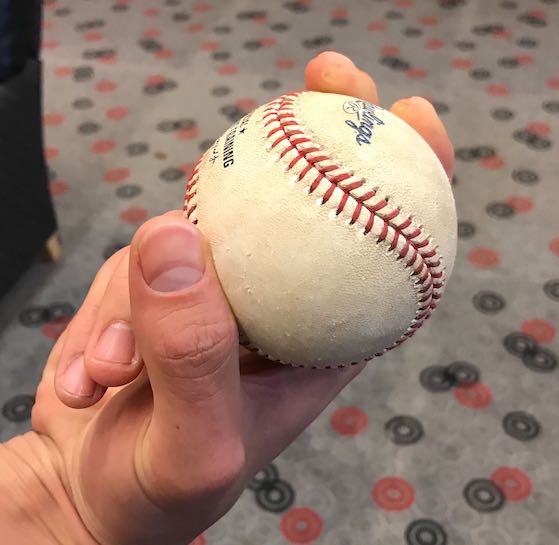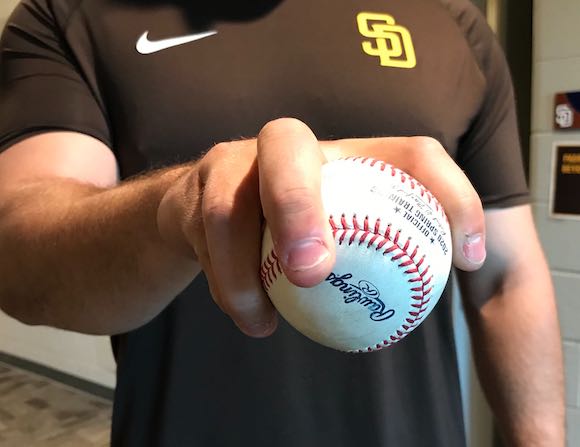Bruce Zimmermann Is a Fast-Rising Oriole Who Believes in Science
Bruce Zimmermann stood out in Orioles camp this spring. That wasn’t entirely by accident. The 25-year-old left-hander had begun opening eyes last season, and he reported to Sarasota having visited Driveline over the winter. No wheels were reinvented during his week at the Seattle-area facility, but his mechanics did undergo some fine-tuning. And not from scratch; Zimmermann had already started down that road thanks to Baltimore pitching coordinator Chris Holt.
Last year was Holt’s first with the Orioles, and Zimmermann was fairly new himself. The Baltimore native joined the organization in July of 2018, coming over as part of the trade-deadline deal that sent Kevin Gausman to Atlanta. The Braves had taken Zimmermann in the fifth round of the 2017 draft out of the University of Mount Olive, where he earned a degree in business management.
Asked about his course of study, Zimmermann told me that he considers himself a good problem solver, and if baseball didn’t work out he’d have laid the foundation for a career in project management. Analogy in mind, I posited that being a pitcher tends to lend itself to problem solving.
“Hopefully not, but yes,” responded Zimmermann, who logged a 3.60 ERA in 140 innings last year between Double-A Bowie and Triple-A Norfolk. “That’s one way to look at it, but I prefer to see it more as critical thinking and processing things in the moment. When you’re on the mound, you don’t really think in an analytical way; it comes across more as intuition. But you are creating a strategy for certain hitters, and whatnot, before the game. That follows along the lines of problem solving.”
The juxtaposition — intuition on one side, critical thinking on the other — prompted me to ask if he considers pitching to be more of an art, or more of a science? Read the rest of this entry »

